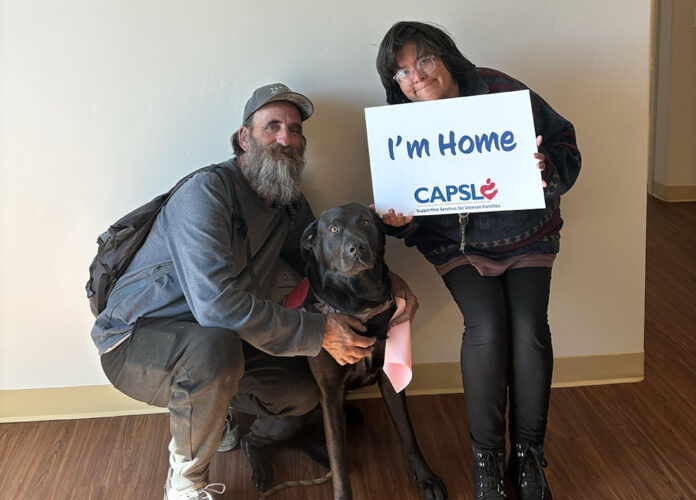by Suzanne Potter
January is National Poverty in America Awareness Month and community action agencies across the state are working to change lives for the 5 million Californians who cannot afford the basics.
The poverty rate in the Golden State rose from 11.7 percent in fall 2021 to 13.2 percent in the first quarter of 2023.
David Knight, executive director of the California Community Action Program Association, said circumstances have been difficult.
“What we’ve seen is a tick back up in poverty as both the cost of living has risen, right at the same time that a lot of the resources are starting to shrink back to pre-pandemic levels,” Knight explained.
Community action programs use block grants to help people who live at or near the poverty line, which is about $20,000 a year for a single parent and child.
Lawren Ramos, community services program director for the Community Action Partnership of San Luis Obispo, said the lack of affordable housing is especially hard for older people on a fixed income.
“We have people who are staying in the shelter who found themselves in a situation where they rented a place for 25 years, and that place sold, and the new owner just raised the rent beyond their level of income,” Ramos observed. “They found themselves on the street.”
Community action programs in all 58 counties use block grants to fund a range of programs supporting low-income families. The effort began 60 years ago during the Johnson administration’s war on poverty.
Biz Steinberg, CEO of the Community Action Partnership of San Luis Obispo, sees reason for optimism.
“I wouldn’t still be doing this if I didn’t see change happening every day,” Steinberg noted. “Our little slogan is “Helping People, Changing Lives.” And that has never stopped. It is the most challenging work but the most rewarding.”
Misty Gattie-Blanco, director of sanctuary and support services for the Fresno Economic Opportunities Coalition, said the agency’s board of commissioners voted this week for a pilot program to provide $500 a month to families with children living below the poverty line.
“This guaranteed income could potentially help them from becoming homeless,” Gattie-Blanco pointed out. “It could pay for groceries or fuel, to help them focus on their family.”
Good-government groups speak out after fentanyl sent to CA elections office
The Justice Department is investigating after the Yuba County Elections Office north of Sacramento received an envelope with white powder testing positive for fentanyl.
Pro-democracy groups are calling out the latest attack on our election system and looking for ways to defuse the situation.
Jonathan Mehta Stein, executive director of California Common Cause, said while no one was hurt, the attempt to poison or kill an election worker is despicable.
“It’s to destabilize our elections and to scare the public servants who run them,” Mehta Stein pointed out. “And to make all of us more fearful of participating in our democracy.”
The FBI is investigating envelopes with suspicious substances, including fentanyl, mailed to election offices in five states in November. A study by the group Issue One last September found about 40 percent of chief local election officials in western states have left their positions since November 2020.
Mehta Stein blamed the rise in threats to election workers on the litany of false conspiracy theories claiming the 2020 election was rigged.
“We have to find a way to reach people who think elections are being stolen in America,” Mehta Stein stressed. “And verify for them that not only are their votes being counted, but that the United States and specifically California run some of the most secure elections in the world.”
No evidence has surfaced to back up claims of election interference sufficient to have changed the outcome in 2020. In one notorious case, former New York City Mayor Rudi Giuliani recently admitted in court he lied when he accused two Georgia election workers of tampering with votes. A jury awarded the two women $148 million.



